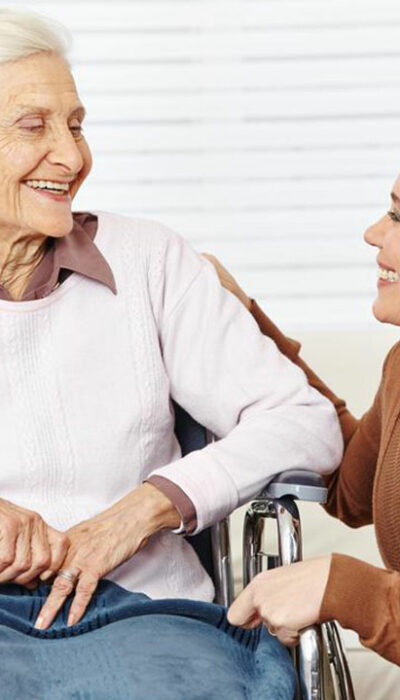
Facts to Know about Sociopathic Personality Disorder
The Talented Mr. Ripley, Becky Sharp in Vanity Fair, or lago in Shakespeare’s Othello —are fictional characters, but they’re drawn from real life templates. If they ever visited a psychiatrist, they’d be diagnosed with a sociopathic personality disorder or antisocial personality disorder. They share certain unmistakable symptoms and traits that mark this personality disorder. The sociopathic personality disorder is a category of mental disorders that are identified by distinctly harmful and maladjusted patterns of behavior, cognition, and inner life that deviate from the person’s culture. People suffering from these disorders experience disruption and deviation in their personal, social, and professional life. Antisocial personality disorder People affected by this condition display consistent behavior patterns that usually involves difficulty in differentiating between right and wrong. They show no awareness, sensitivity, or empathy for the feelings of the people they interact with. Their interpersonal dealings are conducted with either indifference or disregard for emotions. There is no feeling of guilt or remorse when they hurt people. For this reason, many of them end up becoming criminals and they are unable to fulfill normal roles in the family, society, or at work. These behavior patterns generally emerge in childhood and develop through adolescence and adulthood, where it affects the person’s quality of life and functioning. Traits There are different categories of sociopathic personality disorder. They are classified under three main categories: Odd/Eccentric Dramatic/Emotional/Erratic Anxious/Fearful Each of these categories has its own cluster of behavioral traits. Psychiatrists and psychologists also use many other classifications to distinguish one type of antisocial personality disorder from another. Common traits may include aggressive/cruel behavior towards vulnerable people/children/animals, deceit/theft/lying, disregard for rules, destruction of property, etc. Some may be narcissistic, obsessed with wealth acquisition, feel that they are self-important, can easily change demeanor to suit the occasion, and don’t take responsibility for their actions.










